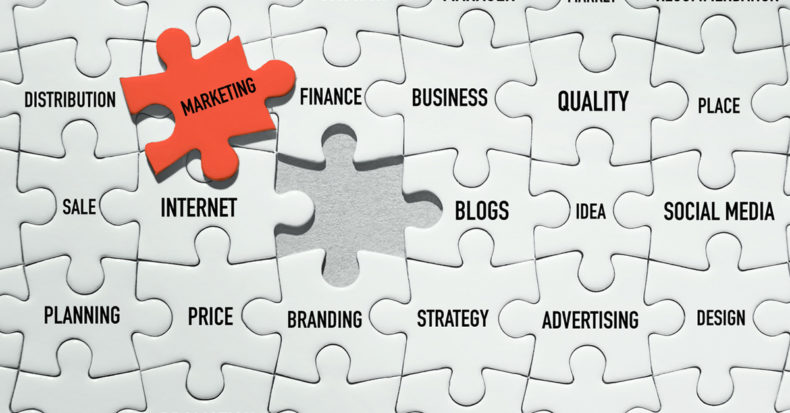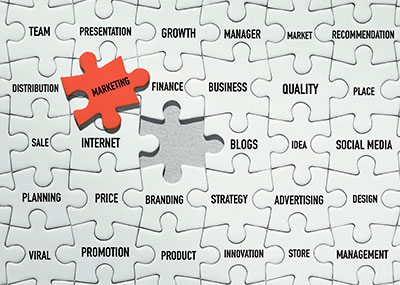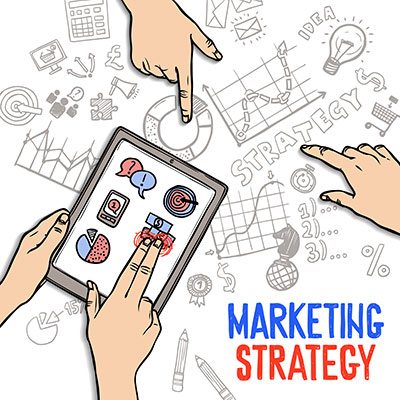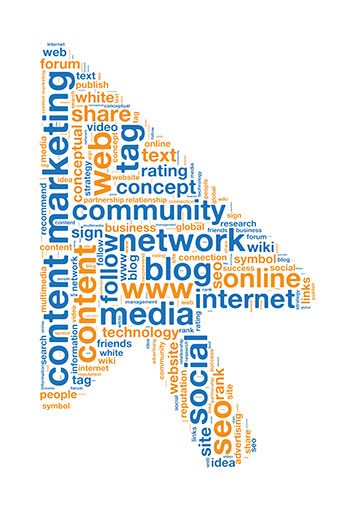
 As brands incorporate innovative digital elements into their strategies, integrated marketing becomes more important. What is integrated marketing? While everyone seems to have their own definition, it’s easiest to think of it this way: Integrated marketing synthesizes all digital and traditional marketing channels to ensure brand consistency across every customer interaction.
As brands incorporate innovative digital elements into their strategies, integrated marketing becomes more important. What is integrated marketing? While everyone seems to have their own definition, it’s easiest to think of it this way: Integrated marketing synthesizes all digital and traditional marketing channels to ensure brand consistency across every customer interaction.
Consistency is important. In both B2B and B2C markets, buyers have more options than ever before for meeting needs. No matter what industry you’re in, it’s crucial to build trust and rapport if you want to turn customers into true brand advocates. Integrated marketing gives customers a “promised experience” they can rely on.
That produces benefits for your brand, your customers, and your employees:
- Long-term engagement with more opportunities to cross-sell and upsell customers
- Greater focus on clearly communicating the “key point” of each marketing message
- Reinforcement and optimization of your performance across each marketing channel
- Improved marketing efficiency, which saves money and leads to faster innovation
- Better morale and teamwork through an enhanced focus on internal collaboration
From Conventional Marketing to Integrated Marketing: Key Steps

The benefits above might seem like a lot to ask from any process. Integrated marketing can deliver them, but getting there may take time. First and foremost, it requires a commitment to a new way of looking at your brand and your messaging.
Take these steps to marshal your marketing into an integrated effort:
Identify Which Channels Convert
Before you start integrating your marketing, understand what the components are and which ones are driving your current performance. Drill down into channel-by-channel performance and use attribution methods to get a better understanding of how channels impact each other.
Refresh Your Knowledge of the Audience
Go beyond “buyer personas” and get familiar with the latest insights into your target audience, updating your assumptions as you go. Whenever you can, synthesize first- and third-party data so you can determine what kind of content will have the biggest impact.

Build Content With Strategy in Mind
In integrated marketing, every piece of content you develop should have a goal in the ecosystem – and should be designed so it can be re-purposed to other channels. Blogs, e-books, whitepapers, and videos can feed your social media and email marketing and vice-versa.
Open Communication and Standardize
You might have many stakeholders and many teams, but each of them should learn how to work together in an effective, repeatable cycle. As the new communication matrix opens up, make sure common visual standards and terminology are adopted so your brand “voice” stays consistent.
Execute and Optimize
Integrated marketing benefits from an ongoing focus on analytics. Gather customer insights, learn what works, and adapt appropriately to glean ever-greater ROI from your integrated marketing investments.
